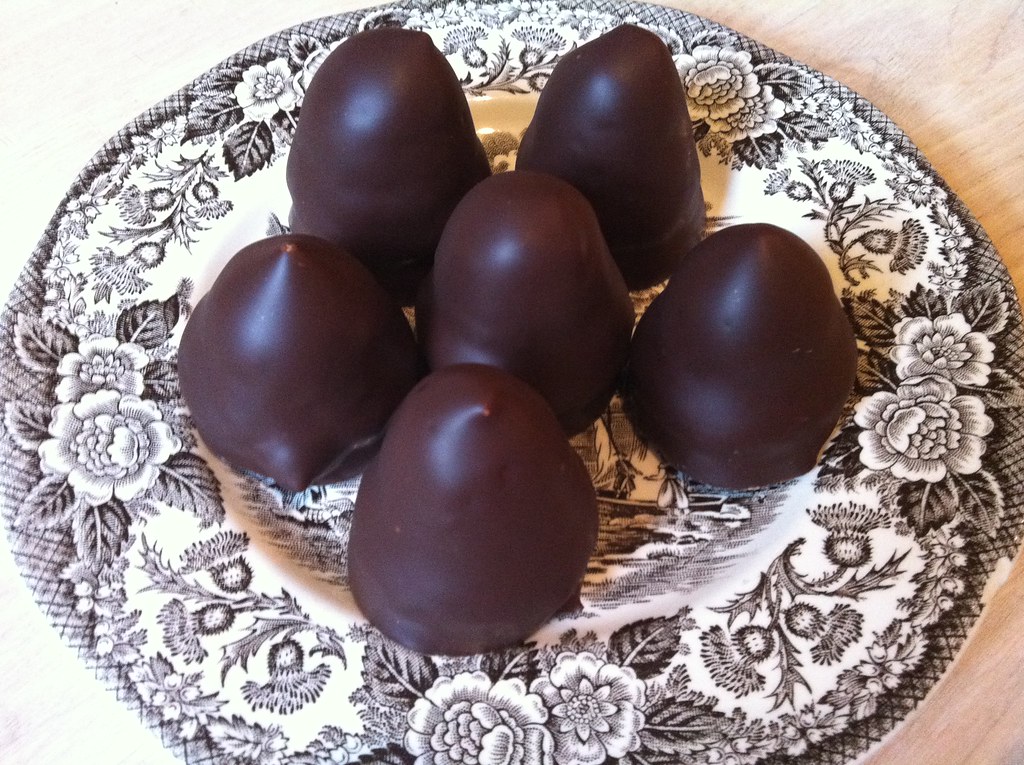5 Danish Tongue Twisters: A Twist of Words and Fun
Have you ever tried to say a sentence quickly, only to find your words tangled up? Welcome to the world of tongue twisters! These playful phrases, known in Danish as “tungvridere,” challenge our pronunciation and twist our tongues in knots. Danish tongue twisters are not only entertaining but also a great way to practice clear and precise speech.
In this blog post, we’ll explore some popular Danish tongue twisters, their origins, and meanings. Get ready to twist your tongue and have some fun with these linguistic challenges!
Fem flade flødeboller på et fladt flødebollefad
Translated as “Five flat ‘cream buns’ on a flat ‘cream bun’ tray” it is a very famouse Danish tounge twister, which is very difficult to say quickly even for Danes!
We know that ‘cream bun’ isn’t exactly the right translation to ‘flødeboller’.
A “flødebolle” is a beloved Danish confectionery delight. It consists of a soft, pillowy marshmallow-like filling, typically flavored with vanilla or other sweet flavors, encased in a thin layer of chocolate and placed on a round biscuit base.

Far, får får får? Nej, får får ikke får. Får får lam.
Translated as “Father, do sheep get (give birth to) sheep? No, sheep don’t get sheep. Sheep get lambs,” this tongue twister is all about the amusing confusion of words.
Får both translates to sheep and to get/recieve.
Ka’ køer li’ likør? Nej, køer ka’ ik’ li’ likør. Køer ka’ li køer
Translates to “Do cows like liqueur? No, cows don’t like liqueur. Cows like cows,” this tongue twister shows how we in Danish cut off parts of a word.
Can is ‘kan’, but is often pronounced ‘ka’.
Not is ‘ikke’, but is often pronounced ‘ik’.
Like is ‘lide’, but is always pronounces ‘li’.
Da de hvide kom til de vilde, ville de vilde vide, hvad de hvide ville vide
Translates to “When the white ones came to the wild ones, the wild ones wanted to know what the white ones wanted to know”.
Stativ, stakit, kasket
Translates to “Stand, fence, cap” in English and is a famous Danish tongue twister, which you are supposed to repeat again and again.
After a few turns it starts messing with your mind and the letters start jumping around, making it really difficult to say.
Do you also want to try practicing the most difficult Danish words to pronounce?



